By Ken Roginski
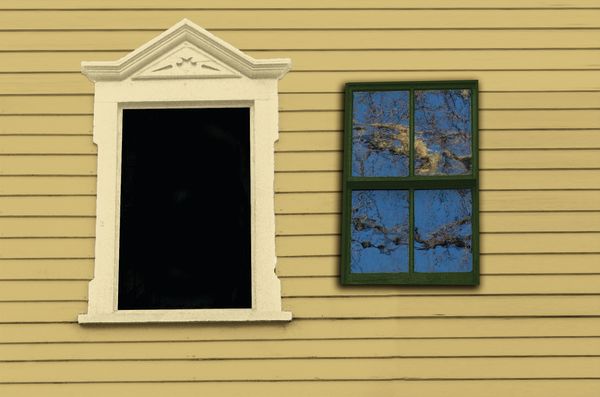
This double-hung window sash is two-over-two: wood muntins separate each sash, bottom and top, into two lights (panes). The Gothic Revival-style casing consists of sill, stile-and-rail trim, and an embellished hood over the header.
For much of the 20th century, window sash and frames were painted the same color, which flattened the appearance of houses old and new. Bringing out the best in old-house windows, and the façade, requires breaking color in the traditional way. Incorrect color placement on windows affects visual balance and proportion, negatively affecting the appearance of the house exterior. To understand proper color placement when painting windows, we have to look at the design of double-hung sash windows.
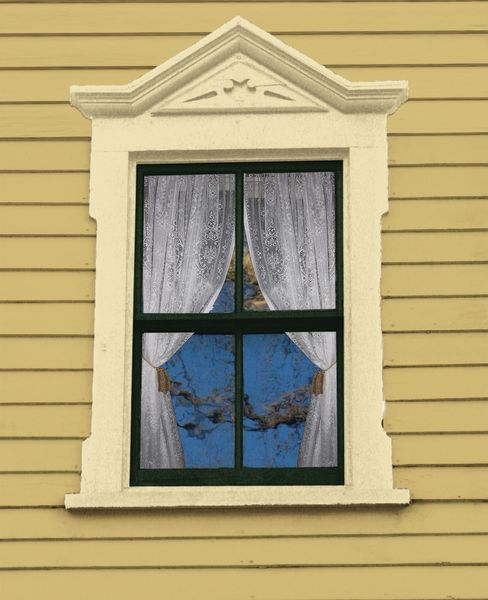
Here is a window with sash and trim painted in the same color versus sash painted in a different color and value from the trim.
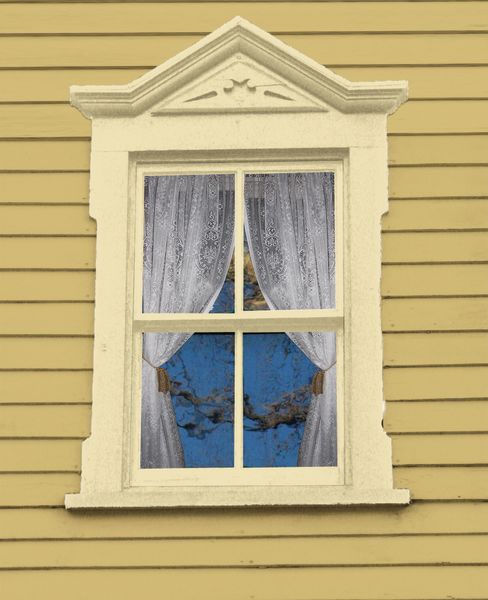
For many eras and styles, sash was painted darker, allowing it to recede with the window glass, which adds dimension to the façade.
Whether your house is an 1830 Greek Revival or a 1920s bungalow, it’s likely the sash was painted in a dark value. Popular colors, always in a sturdy gloss finish, were black, very dark green, dark red from maroon to terra cotta, and dark brown. Although light window sashes were popularized for Colonial Revival homes starting in the 1890s, few were quick to adopt the practice. Light sash and trim in one color became a thoughtless standard after the middle of the 20th century.
Painting windows in two colors makes the windows pop on the façade; it’s like eyeliner. That’s important because windows help define the style and lend character to the house. Many old-house windows are beautifully proportioned and detailed and they deserve to be shown off.
It’s not just a matter of using two colors, however. Placement of the colors is critical to maintain proportion and work with the logic of the window. The window has sash—the framed glazing that make up the moving parts—and the casing, which is fixed trim.
With sash removed, the casing is just a frame. You want to paint the casing or trim one color (the main exterior trim color), and the sash a different color or value. Sounds simple. So why do so many people get it wrong?
Perhaps they are following along with a previous mistaken scheme. Or perhaps they are trying to paint a replacement window, which can get very involved.
A common mistake is painting the face of the casing (trim) one color and the inside jamb of the casing in the sash color. This is wrong. The fixed casing and movable sash are separate entities and must be painted to reflect that architectural logic. Painting the sash and the window jamb or sill the same color will make the sash look too large and throw off the proportions of the window. Furthermore, the casing supports an opening in the wall and the paint job should show that structure. The sash is secondary. In my opinion (and historically), a dark sash color better suggests that the glazing (glass) is firmly held.
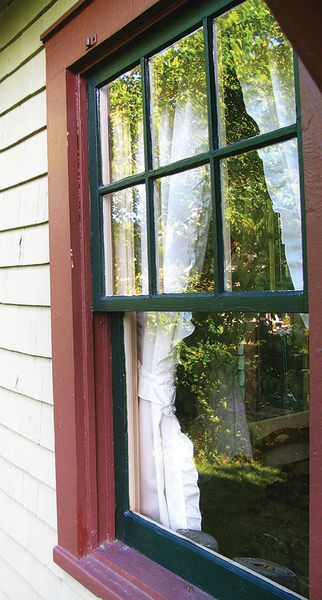
This window is painted in the correct, traditional manner. Notice that sash color is on sash only, allowing the casing more surface area and thus the proportional weight to define the opening in the wall.
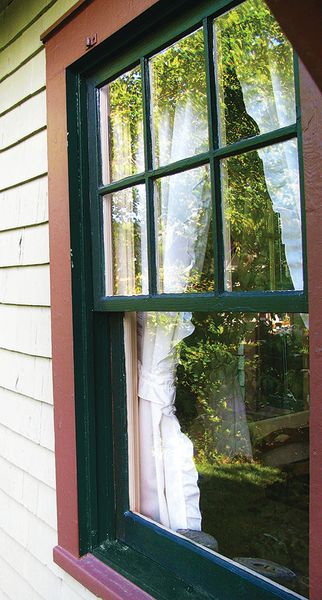
Here the sash color incorrectly has been carried over to the jamb surfaces and sill. Crispness is lost.
Proper proportion is exactly what makes traditional architecture look strong and pleasing to the eye. Seemingly small errors in paint-color placement and can make the structure look weak, bland, or as if something is missing.
Following these instructions is straightforward if you have original windows and trim. If you order a new manufactured window, even with two different colors for sash and trim, you will have a problem.
On new manufactured windows, the jamb is a unit separate from the casing; it protrudes beyond the face of the trim, changing traditional window design. The casing no longer neatly trims the window, and part of the sash is covered. When it comes to replacement windows, pages could be written on problems with the sash alone.







